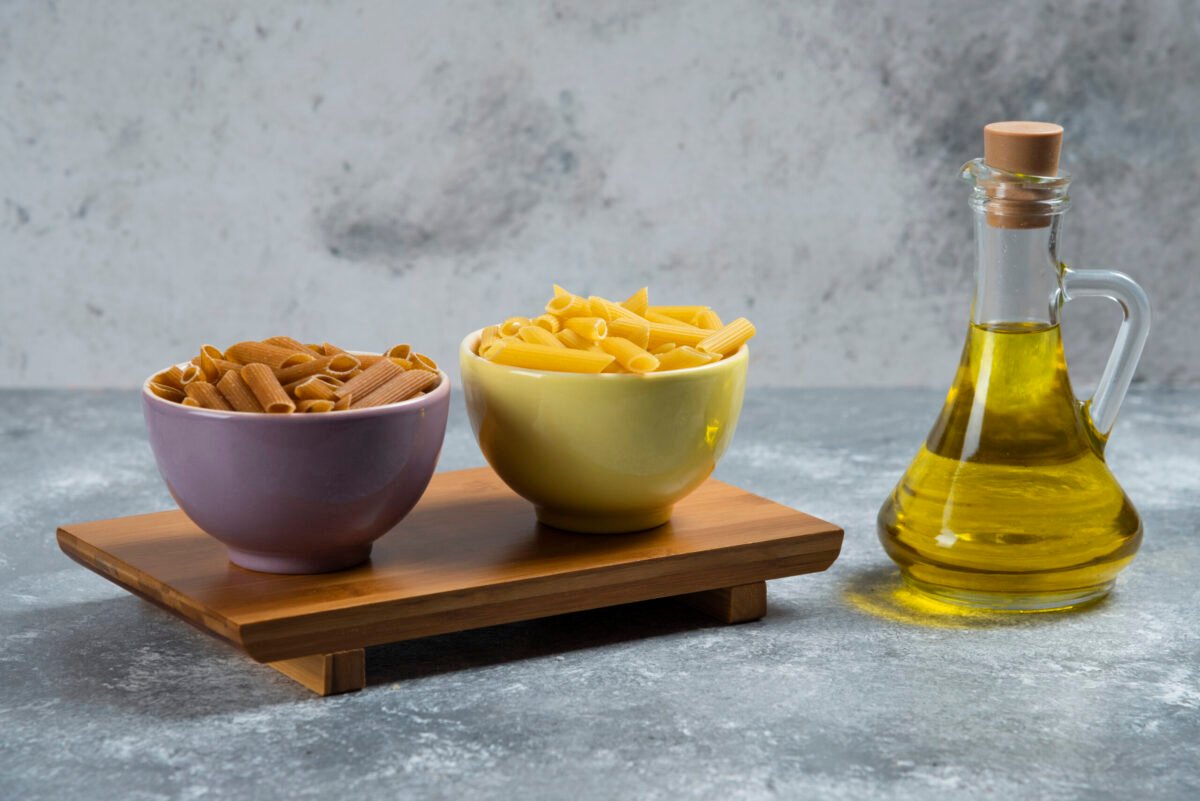
Why Groundnut Oil is a Smart Addition to Your Diet
Food choices feel easier when taste is awesome, cooking is steady, and your cooking routines stay simple. Groundnut oil fits that idea well. It brings a gentle nut note, behaves calmly on the stove, and slides into home recipes without new gear or long steps.
If you enjoy light sauté work and clean finishes on dal or veggies, this bottle earns space near the burner. Let’s explain practical groundnut oil benefits, easy ways to use a spoon each day, and small buying habits that keep flavor awesome.
Groundnut Oil in Plain Words
Groundnut oil comes out of peanuts through two main paths. A cold press squeezes kernels at gentle temperatures and keeps a soft aroma with a warm golden look. A refined path uses extra cleaning that makes the liquid lighter and very neutral. Both are true to the seed, yet they act a bit differently in your pan.
Cold-pressed plays well at low to medium heat and adds character at the end. Refined holds steady when flames run higher and you need a quiet helper behind strong spice lines.
Taste You Notice and Heat You Can Trust
The nut tone sits in the background, so food tastes familiar, not loud. On warm rice, one spoon adds roundness without heaviness. On sautéed beans, a small swirl after the flame is off brings shine and a friendly finish. Heat handling stays calm when you keep the flame at a middle level.
For searing paneer or quick tadka work, refined groundnut oil keeps smoke down and still delivers color. If you want both the crust and the gentle top note, build the sear on refined, then add a tiny drizzle of cold-pressed at the table.
The Nutrition Story Without Noise
Here is the quiet value many people feel in daily use. Groundnut oil carries mainly unsaturated fats that make plates feel satisfying without turning greasy. That mix pairs well with meals built on lentils and grains, because the body gets steady energy instead of sharp spikes.
You also pick up vitamin E in useful amounts, which supports the body’s everyday recovery cycle. None of this asks you to count macros or chase strict targets. A measured spoon in a whole dish does the work. That is the heart of groundnut oil benefits for busy homes.
Fullness That Lasts and Meals That Stay Tidy
A small spoon at lunch can push snack cravings further away and keep attention on work. We see this when a salad gets a lime dressing whisked with groundnut oil, or when poha gets a quick finish in a warm pan.
The bite feels round and the next hour feels steady. If tea time brings cookie thoughts, test a bowl of roasted chana with a light drizzle instead. Simple swaps like this keep energy calm and help you stay on plan without willpower games.
Cold-Pressed vs Refined, Made Simple
Cold-pressed brings aroma and a soft nut line. Use it to finish hot food and for light sauté. Refined brings a neutral profile and stronger heat tolerance. Use it for tadka that needs sizzle and for fast browning. Many homes cook best with both in reach.
Label the caps for speed, keep cold-pressed near salad gear and finishing spoons, and keep refined near the main burner. This small setup trims guesswork and protects taste on busy nights.
Quick Recipes That Prove the Point
- Lime dressing that hugs greens: Whisk two parts lime juice and one part groundnut oil with a pinch of salt, then toss crisp leaves while they are still cool so shine spreads evenly.
- Warm veggie finish: Steam carrots until tender, switch off, fold in a spoon of cold-pressed, then add crushed pepper. The tray leaves the oven with a soft nut edge that kids accept easily.
- Weeknight noodle bowl: Toss hot noodles with refined oil and a dash of light soy, add spring onion, then plate at once. If you want more depth, circle back with a tiny drizzle of cold-pressed right before serving.
How Groundnut Oil Benefits Show Up in Real Life
- Better mouthfeel and less grease: The coat feels smooth and light, so dishes taste polished without heaviness.
- Steady energy: Plates built with lentils and grains hold you longer when a small spoon of groundnut oil rounds the bowl.
- Flexible flavor: Neutral when refined and gently nutty when cold-pressed, so you can match the bottle to the job with no drama.
- Kid-friendly shine: A warm veggie tray brushed at the end looks inviting and gets cleared faster.
Buying Without Guesswork
Pick labels with clear words. A cold-pressed bottle should say exactly that and should carry a gentle nut scent that feels fresh, not sharp. A refined bottle will look lighter and smell quieter.
Dark glass shields light and a snug cap keeps air out. Choose sizes you can finish in six or eight weeks so the last pour tastes like the first. This one habit saves money and protects flavor more than any gadget.
Storage That Protects Taste
Park bottles in a cool, shaded cupboard away out of stove heat. Close the cap right after each pour and wipe the neck so drips do not turn sticky. Keep the bottle upright and skip window shelves where the sun lands during the day. If a cold morning leaves the liquid a bit hazy, give it time at room heat and it clears again. Simple care pays off every single day.
Budget and Pantry Rhythm
You do not need a large lineup. Two small bottles cover almost every move. Cost per plate stays friendly because a teaspoon goes far. Plan repeats so the bottles move at a steady pace, like greens on Monday and dal on Friday.
Fresh rotation keeps the aroma bright and makes cooking feel automatic. That rhythm is a quiet part of groundnut oil benefits that often gets missed.
Conclusion
If you want a clean, kitchen-ready start, pick a fresh bottle that fits your pace and add one small spoon tonight. Your stove will feel easier and your meals will taste awesome. Buy one from VedaOils today!








